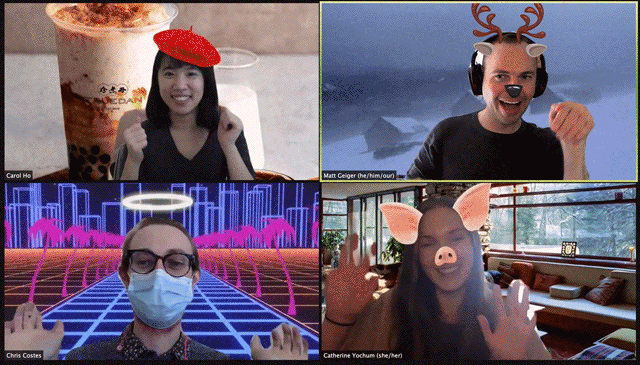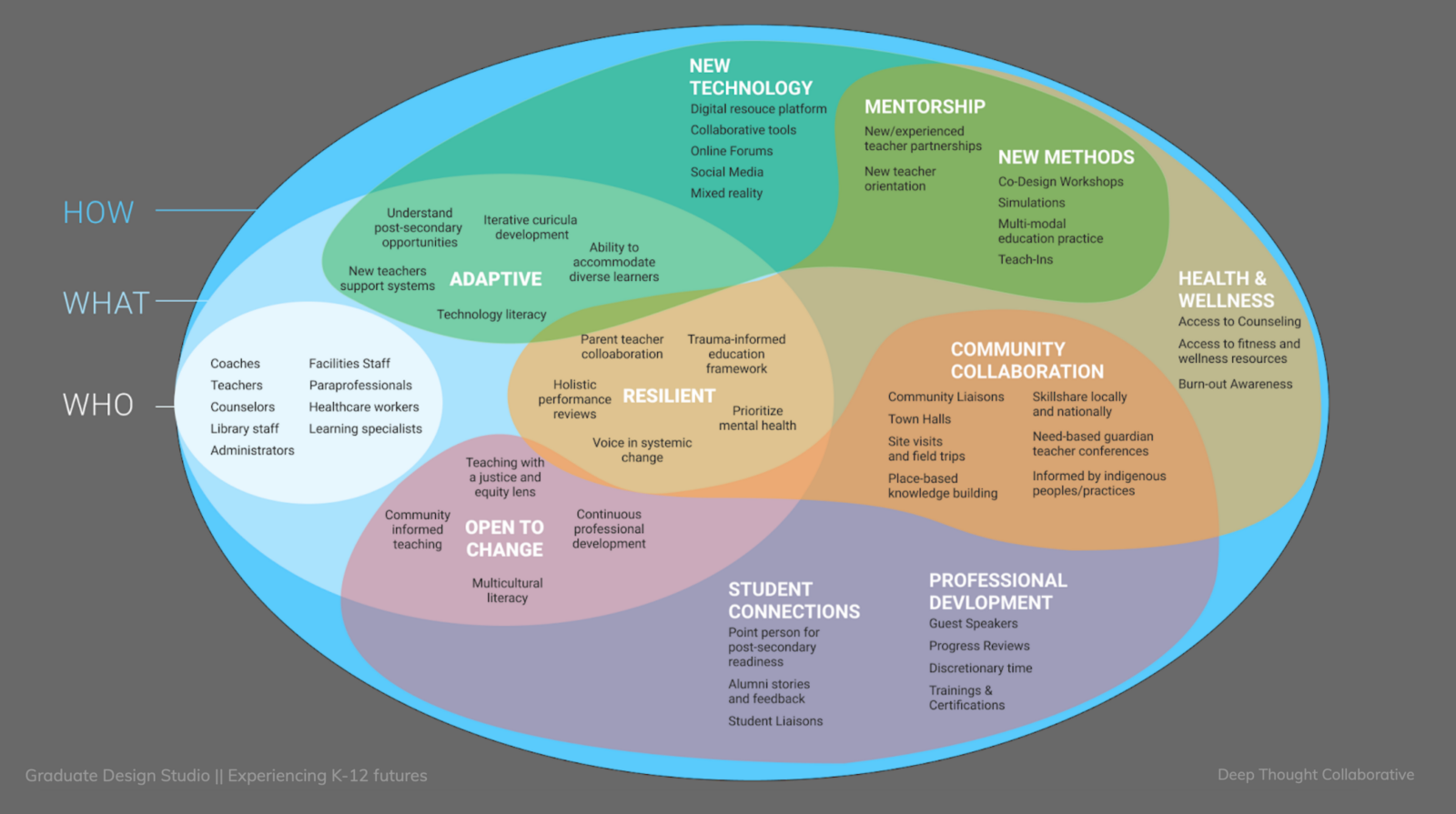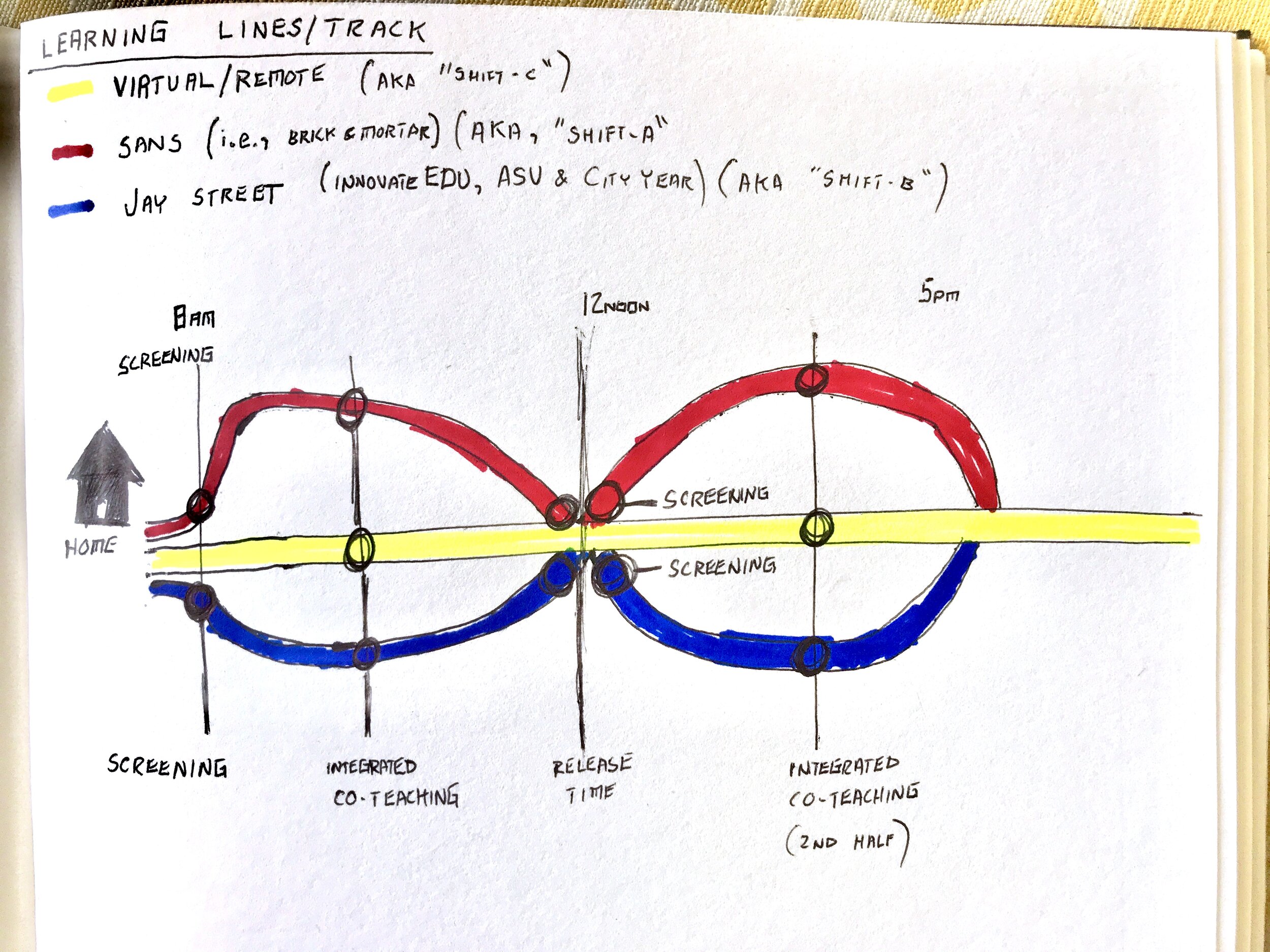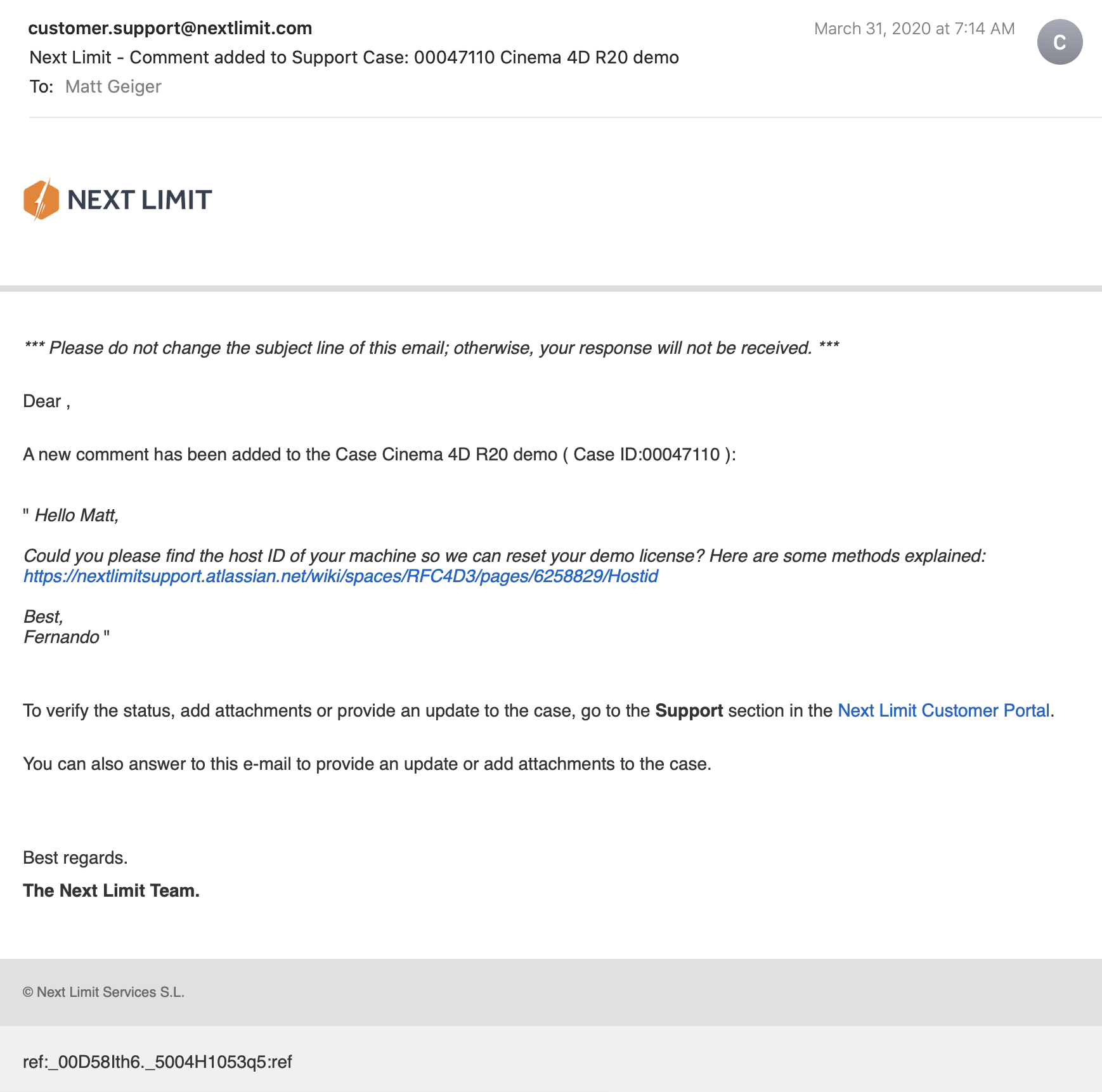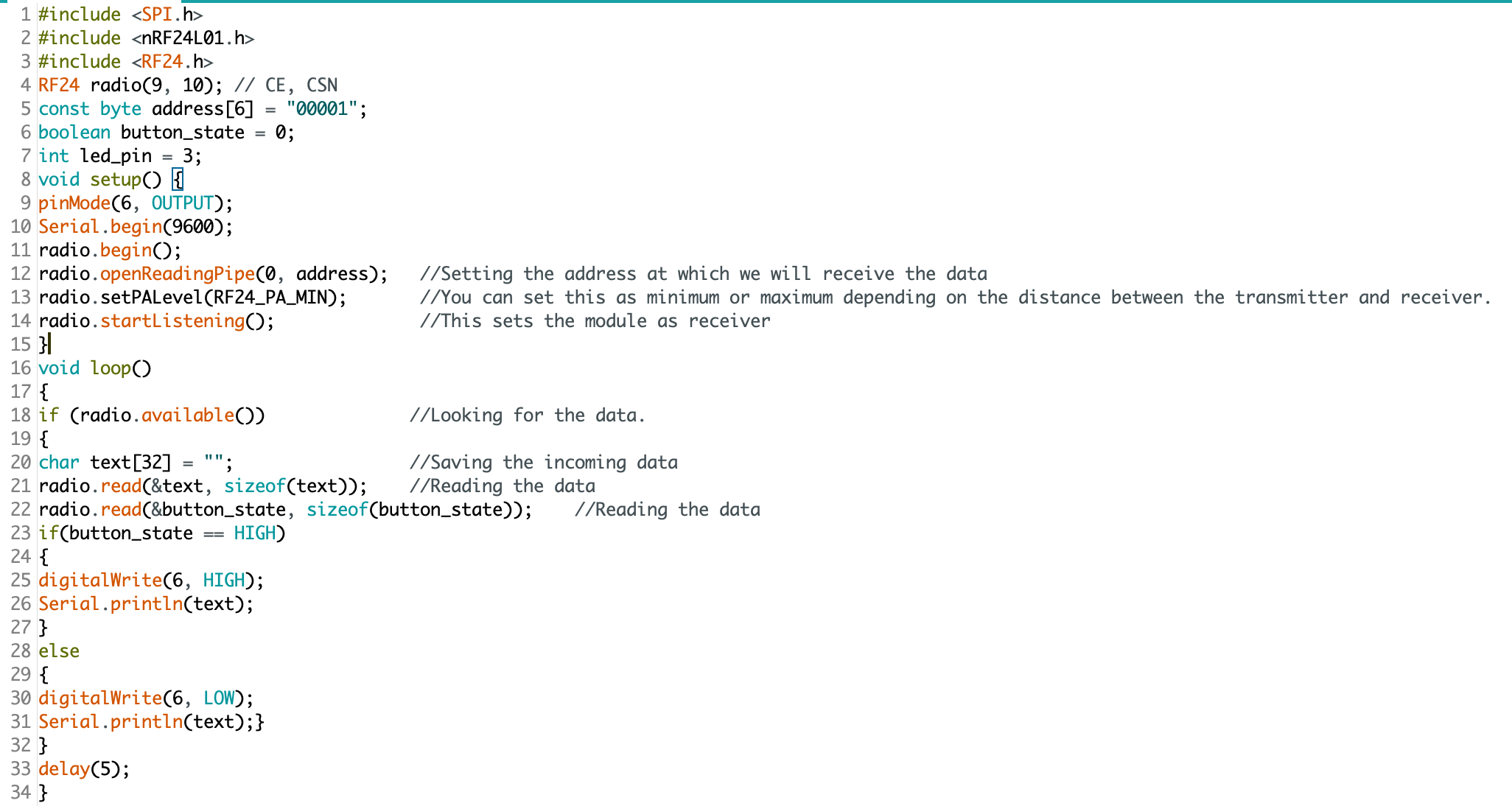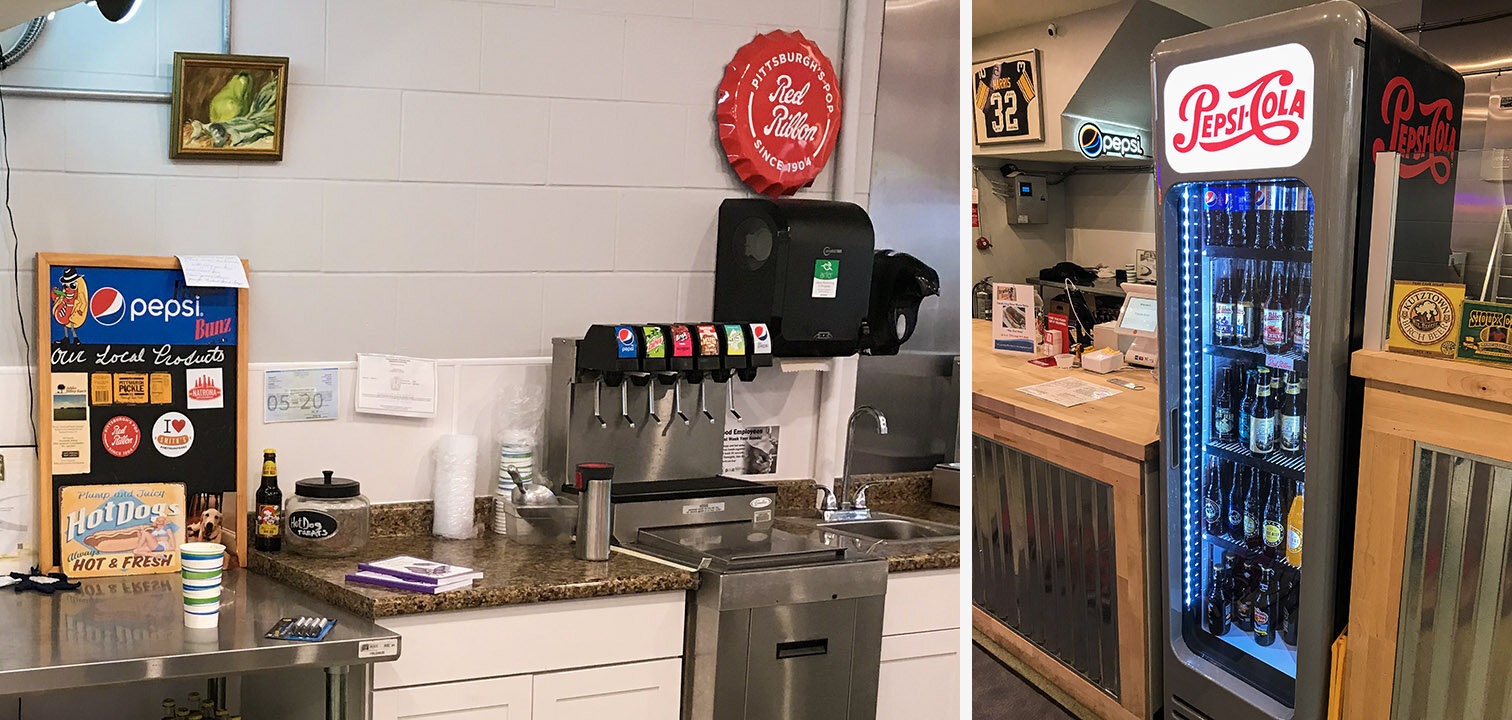“In sum, if you can set yourself up with a definite question for every day in the field, find a solid, reliable way to get the data you need to answer it, and feel confident in the insight that emerges- you will get where you need to be in the long run.”
—Christena Nippert-Eng
This week, our team took a deep dive into secondary research. Using the STEEP analysis framework, we assembled a large collection of articles, relevant URLs, case studies, and much, much more within a relatively short period of time—the power of scale is in play for reasons I’ll illuminate soon. Close reading of this text was then distilled into short summary statements. Hat tip to Dr. Elaine Gregersen, for this wonderful article on how to make use of spreadsheets for research. This approach had several advantages:
1. a clear division of labor.
Specifically, our team was able to divide our secondary research along discrete domains/categories while also sharing any incidental discoveries. This “yes, and” approach to research lowered the stakes and allowed for maximum contribution by every member of our team.
2. expanded exploration and discovery.
We were given a specific focus of our own choosing, and this was based entirely on our affinities, curiosities, and professional backgrounds. A clear advantage of having such a diverse group was our ability to apply personalized knowledge toward an information gathering process.
3. Rapid synthesis.
After gathering our sources and insights, and taking time to discuss our findings as a group, it was easy to recognize patterns and apply our newfound information to the task of formulating dozens of relevant interview questions. This process set us on a clear path from secondary research and lit review to primary and ethnographic research.
4. Clarity and transferability.
This information has been collected in a manner that will potentially benefit other teams; the indexical structure of the information we’ve collected, when paired with short summary statements, will enable others to quickly browse a significant amount of research in a relatively short period of time. It’s a buffet of relevant information!
We’re on the precipice of a convergent process, and we can now begin to glean some visions of the future of PPS beyond what was offered in the brief. The most dramatic insight revolves around “The Great Reset” brought upon us by COVID-19 is revealing unseen potential futures. We often cannot see what is possible until it happens, and the sudden shift to work/study from home is no exception. American schools are strained by unique technological and social needs. People are isolated, but also finding new and compelling ways to communicate and collaborate. We are working from within the context a novel problem and circumstance, and in doing so revealing new methods of organization and interaction.
There is a window of opportunity that I fear might be closing as vaccine rollout accelerates and we embrace a return to “normalcy” (a pre-pandemic world that we want to believe, desperately, still exists). If we return to this sleepy shadow of what once was, we risk a deep and terrible slumber that our children will never forgive us for—a good crisis is a terrible thing to waste. If we return to old habits and old ways of thinking, we will do so at the expense of those most negatively impacted by COVID-19. The underlying power structures and inequality that we cannot ignore under current conditions will be something we’ll be very tempted to sweep back under the rug once people are able to return to work without a deadly virus burning through our communities unchecked.
We need clear visions of the future; we need that clarity so much more now than before the pandemic.
Next week, our plan is to setup times for interviews. Now that we have a general landscape of what is known and documented, we have lots of questions to ask and new insights to gain. I’m very pleased with the work our team has been doing and have absolute confidence in our ability to make these interviews a success. The curiosity is palpable at the moment and we’re eager to begin connecting general and specific knowledge. These first-hand insights will fill so many gaps if we can just ask the right kinds of questions.
The current pace seems to be sustainable and the progress that we are making has been very satisfying, but I’ll admit to having symptoms of “Confluenza.” The opportunities afforded by a job fair are not something I can ignore, and while I have done my best to take advantage, I do find the experience a needless distraction. Last year’s “open studio” was downright nauseating. The contradiction of values and actions was disturbing and felt like an intrusion into an important space: the studio was a haven for critical thinking and offered a high degree of psychological safety. The presence of so many “talent seekers” and alumni felt like an intrusion in 2020. This year, those same people were viewing me from a camera inside my home.
Simply put: from a personal perspective, the online/remote format of 2021’s Confluence wasn’t an improvement. The people I spoke with were professional and generous with their time and engagement, but I could feel their fatigue through the screen. There’s just a cloud of general burnout and I admire the way so many people manage to push back against it.
Our team selected Educator Essentials because we recognized the value of educators as vital tissue, making the rest of the body of education whole and capable of movement, growth, and change. Knowing that our ultimate goal is to produce an artifact that inspires an image of educators that are resilient, adaptive, and open to change, I am both grateful and terrified of the flood of countless examples I see every day, through every interaction I share across cameras and screens. I see people who work diligently, compassionately, through these screens.
If you want to get some sense of what I really mean by this (because it is always better to show than to tell), then just watch how these children self organize when an educator is temporarily absent from zoom. The teacher, Emily Pickering of El Paso, Texas, exhibits these traits, and it is evident in how her students responded in her absence. The future is now and we should marvel at the efforts we are seeing in our daily lives. This moment is so much bigger than all of us. The future isn’t something we can wait in line for. It is something thrust upon us with all of its dazzles and horror. What we are seeing from educators and students is just one piece of a larger picture.
We are not “making the best of this” we ARE the best of this. All of us. For better or worse, everyone is doing the best they can. This was true before the pandemic, but it’s easier to see it now.



